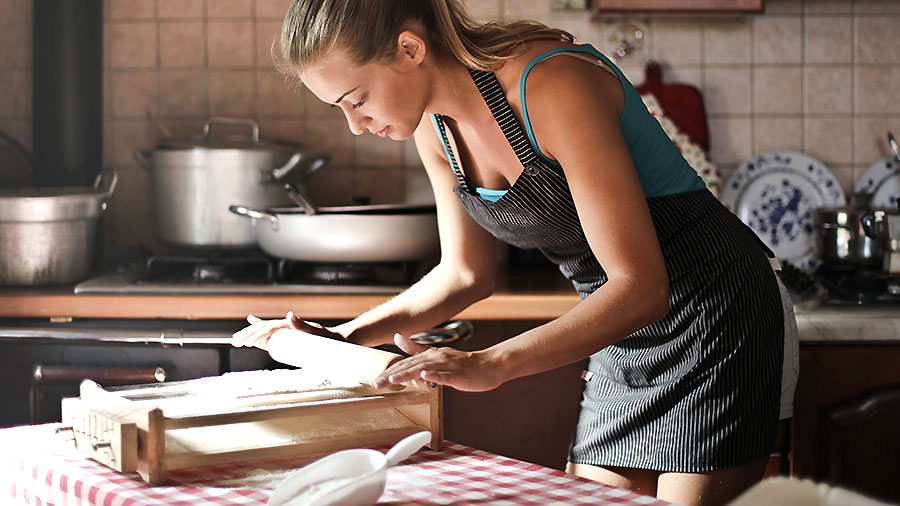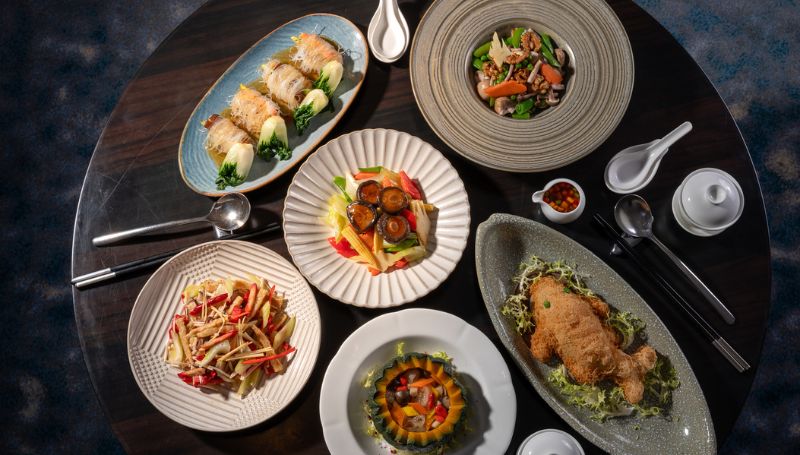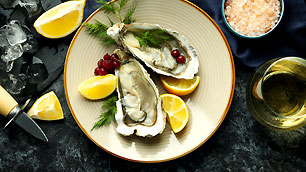Japanese Delights
Udon Noodles
Udon noodles stand as a cornerstone of Japanese cuisine, captivating food lovers with their satisfying chewiness and adaptability. These wheat-based noodles boast a neutral flavor profile, making them the perfect foundation for an array of culinary creations. Whether you're drawn to classic Japanese recipes or eager to explore fusion cuisine, udon noodles offer endless possibilities.
Chef's Notes:
- Udon noodles are beloved Japanese wheat noodles known for their thick texture and versatility in hot and cold dishes.
- Crafting udon noodles at home requires minimal ingredients but yields superior taste and texture compared to store-bought versions.
- These versatile noodles shine in traditional Japanese soups, modern stir-fries, and everything in between.
What Are Udon Noodles?
Udon (うどん) are distinctive, thick white noodles crafted from wheat flour. Their smooth yet chewy consistency provides a delightful mouthfeel that's both comforting and gratifying. Udon's mild taste allows it to harmonize beautifully with a wide spectrum of ingredients and sauces.
These versatile noodles can be enjoyed in steaming soups, chilled with dipping sauces, or tossed in flavorful stir-fries. Their adaptability has secured them a cherished spot in Japanese kitchens and eateries across the country.
Making Homemade Udon Noodles
While pre-packaged udon offers convenience, creating these noodles from scratch can be an immensely satisfying endeavor. Homemade udon often boasts a superior texture and depth of flavor that surpasses its store-bought counterparts.
Ingredients:
- 2 cups all-purpose flour
- 1/2 cup water
- 1 teaspoon salt
- Potato starch for dusting
Instructions:
1. Combine flour and salt in a spacious mixing bowl.
2. Slowly incorporate water, stirring until a rough dough forms.
3. Knead the dough vigorously for approximately 5 minutes until smooth.
4. Encase the dough in a plastic bag and allow it to rest for 30 minutes.
5. Roll out the dough, then fold and knead repeatedly.
6. Let the dough rest again for 2-3 hours or overnight for best results.
7. Roll the dough to roughly 1/8 inch thickness.
8. Fold the dough and slice into noodles about 1/4 inch wide.
9. Dust liberally with potato starch to prevent sticking.
Crafting udon by hand is a labor-intensive process, but the result is truly rewarding. The repeated kneading and resting periods develop the gluten structure, resulting in noodles with that signature udon chewiness.
Cooking Udon Noodles
Whether you're working with homemade or store-bought udon, proper cooking technique is crucial for achieving the ideal texture. For fresh or frozen udon, follow these simple steps:
1. Fill a large pot with water and bring it to a rolling boil.
2. Carefully add the noodles to the boiling water.
3. Stir gently to ensure the noodles don't clump together.
4. Cook for approximately 1-2 minutes, or until the noodles float to the surface.
5. Drain thoroughly and rinse with cold water to halt the cooking process.
For dried udon noodles, adhere to the package instructions, but generally, they require a longer cooking time of around 8-10 minutes.
Popular Udon Dishes
The versatility of udon noodles allows them to shine in a multitude of dishes. Here are some beloved ways to enjoy these hearty noodles:
Kake Udon
This quintessential udon soup features noodles in a steaming dashi broth, garnished with fresh green onions. It's the ultimate comfort food, especially on chilly days.
Yaki Udon
A stir-fried udon dish that's both quick to prepare and delicious. It typically incorporates a medley of vegetables, protein, and a savory sauce.
Zaru Udon
Chilled udon noodles are presented on a bamboo mat, accompanied by a tsuyu dipping sauce. It's a refreshing choice for sweltering summer days.
Curry Udon
Udon noodles swimming in a rich, aromatic Japanese curry sauce. This hearty dish is both filling and deeply satisfying.
Easy Yaki Udon Recipe
Let's explore a straightforward yet flavorful Yaki Udon recipe that you can easily recreate in your kitchen.
Ingredients:
- 2 servings of udon noodles
- 1/2 lb protein of choice (shrimp, chicken, or tofu)
- 2 cups mixed vegetables (cabbage, carrots, onions)
- 2 tbsp cooking oil
- 2 cloves garlic, minced
For the sauce:
- 2 tbsp soy sauce
- 1 tbsp oyster sauce
- 1 tbsp mirin
- 1 tsp brown sugar
Instructions:
1. Whisk together all sauce ingredients in a small bowl.
2. Prepare udon noodles according to package directions, drain, and set aside.
3. Heat oil in a large wok or skillet over medium-high heat.
4. Cook your chosen protein until it's nearly done.
5. Toss in vegetables and garlic, stir-frying for 2-3 minutes until crisp-tender.
6. Add the cooked udon noodles and prepared sauce to the pan.
7. Toss all ingredients together until well combined and heated through.
8. Serve immediately, garnished with green onions and sesame seeds if desired.
This speedy Yaki Udon recipe is perfect for hectic weeknights. Feel free to experiment with different vegetables and proteins to suit your taste preferences.
Nutrition Facts
Here's a general nutritional overview for a serving of plain udon noodles (approximately 200g):
-
- Calories: 280
- Carbohydrates: 62g
- Protein: 9g
- Fat: 1g
- Fiber: 2g
- Sodium: 5mg
Keep in mind that these values may vary depending on the specific brand and preparation method.
Tips for Perfect Udon
To elevate your udon dishes to the next level, keep these tips in mind:
- Avoid overcooking the noodles to maintain their signature chewy texture.
- Always rinse cooked noodles in cold water to stop the cooking process and remove excess starch.
- For stir-fries, slightly undercook the noodles as they continue to cook in the pan.
- Don't be afraid to experiment with various broths and sauces to discover your favorite combinations.
Udon noodles are a fantastic addition to any culinary repertoire. Whether you're crafting them from scratch or utilizing pre-made noodles, there's an udon dish to suit every palate and occasion.
FAQs
Are udon noodles gluten-free?
Traditional udon noodles contain wheat flour and are not gluten-free. However, some manufacturers offer gluten-free alternatives made from rice or other gluten-free flour for those with dietary restrictions.
Can I freeze homemade udon noodles?
Absolutely! After cutting your homemade udon noodles, dust them generously with potato starch, portion them out, and freeze in airtight containers. You can cook these frozen noodles directly without thawing.
What's the difference between udon and soba noodles?
Udon noodles are thick and made from wheat flour, while soba noodles are thinner and primarily composed of buckwheat flour. Udon has a chewy texture, whereas soba offers a slightly nutty flavor and firmer consistency.
How long do cooked udon noodles last in the fridge?
Properly stored in an airtight container, cooked udon noodles can last in the refrigerator for 3-5 days. To prevent them from sticking together, lightly toss them with a small amount of oil before refrigerating.





























 Gastronomy Cities
Gastronomy Cities
 Amazing Food
Amazing Food
 Chef's Talk
Chef's Talk